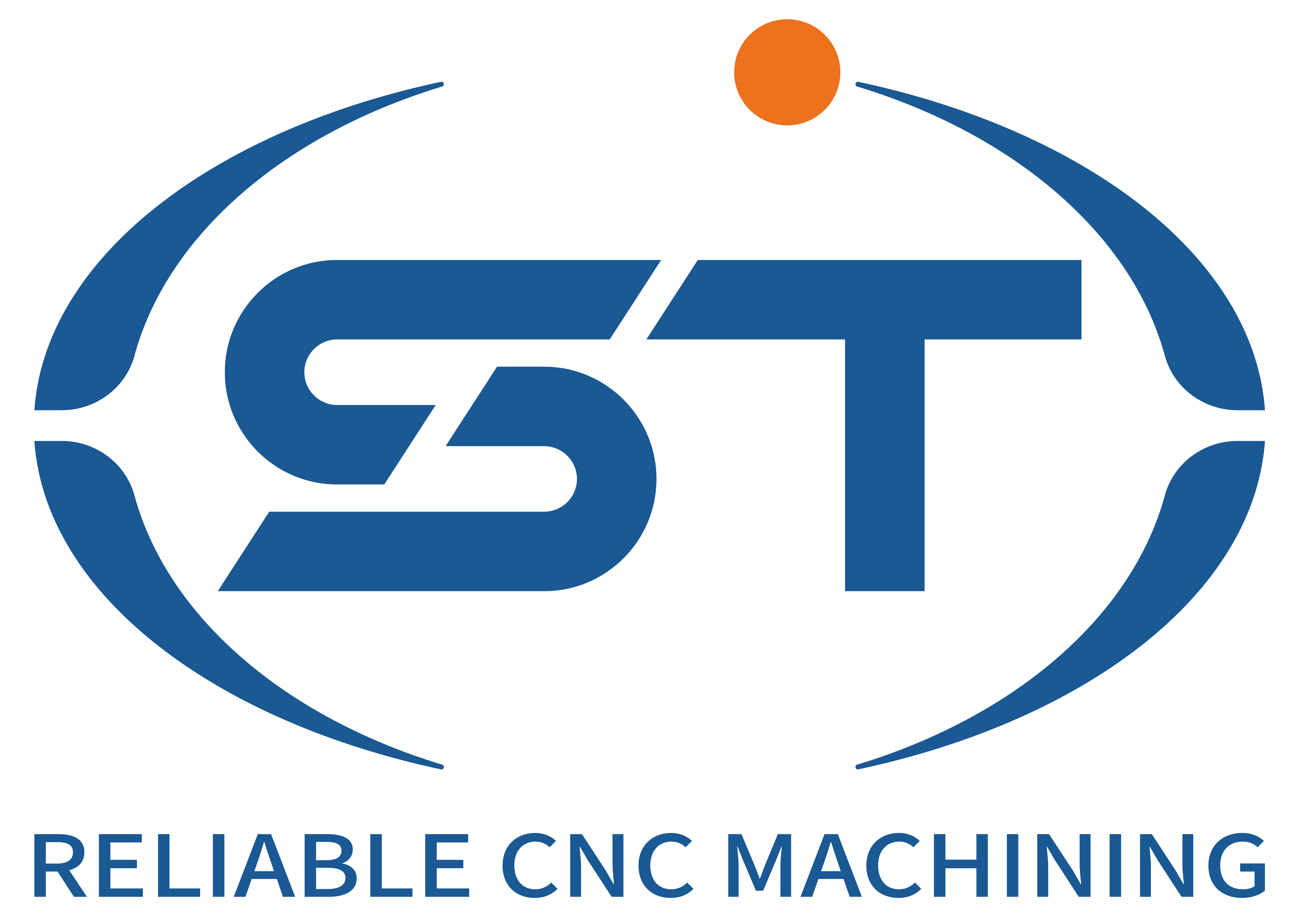CNC Machining Techniques for Composite Automotive Components
Composite materials are increasingly adopted in automotive manufacturing due to their lightweight properties, high strength-to-weight ratios, and design flexibility. However, machining composites poses unique challenges compared to traditional metals or plastics. Below are critical technical considerations for achieving precision and quality in CNC machining of composite automotive parts.
Table of Contents
ToggleMaterial Characteristics and Machining Challenges
Composites, such as carbon fiber-reinforced polymers (CFRP) or glass fiber composites, consist of reinforcing fibers embedded in a polymer matrix. This heterogeneous structure creates uneven cutting behavior, leading to issues like fiber pullout, delamination, or tool wear. The anisotropic nature of composites means their mechanical properties vary with direction, requiring tailored machining strategies.
Understanding the composite’s fiber orientation and matrix type is essential. For instance, unidirectional composites behave differently under cutting forces compared to woven fabrics. Additionally, the matrix material—whether thermoset or thermoplastic—influences heat generation and chip formation during machining. Pre-analysis of these factors helps optimize tool selection and cutting parameters.
Tooling Strategies for Composite Machining
Standard metal-cutting tools are often unsuitable for composites due to their abrasive fibers. Diamond-coated or polycrystalline diamond (PCD) tools are preferred for their hardness and wear resistance, reducing the risk of fiber delamination. Tool geometry also plays a crucial role—sharp cutting edges with high rake angles minimize fiber pullout, while proper chip evacuation design prevents material clogging.
Adjusting cutting parameters is equally vital. Lower spindle speeds and higher feed rates help manage heat buildup, which can degrade the matrix or damage fibers. Using compressed air or coolant systems tailored to composites (e.g., water-soluble coolants for thermoplastics) improves chip removal and surface finish. Periodic tool inspections and replacements ensure consistent performance, as worn tools exacerbate surface defects.
Workholding and Fixture Design
Composites’ low density and brittleness make them prone to vibration or deflection during machining. Secure workholding is critical to maintain dimensional accuracy and prevent tool chatter. Vacuum tables, adhesive fixturing, or custom clamps designed to distribute pressure evenly are commonly used. Over-tightening clamps, however, can crush or crack the material, so force calibration is necessary.
For complex geometries, multi-axis CNC machines offer flexibility in accessing intricate features without repositioning the part. This reduces setup errors and improves efficiency. Additionally, designing fixtures that account for the part’s stiffness and fiber orientation ensures stability throughout the machining process.
Post-Machining Quality Control
After CNC machining, composite parts may exhibit surface irregularities or internal damage not visible to the naked eye. Non-destructive testing (NDT) methods, such as ultrasonic inspection or thermography, help detect delamination or voids. Surface finishing techniques, like sanding or polishing, are applied cautiously to avoid exposing fibers or weakening the matrix.
Edge sealing or coating processes may be required to protect exposed fibers from moisture absorption or environmental degradation. Finally, dimensional inspections using coordinate measuring machines (CMMs) or laser scanning verify compliance with tight automotive tolerances.
By addressing material behavior, tooling, workholding, and quality control, manufacturers can leverage CNC machining to produce high-performance composite automotive components that meet industry demands for lightweighting and durability.




